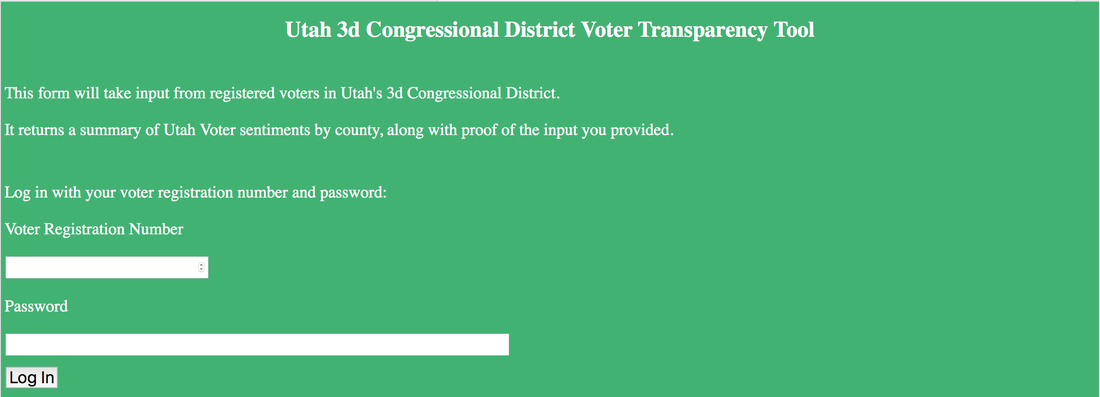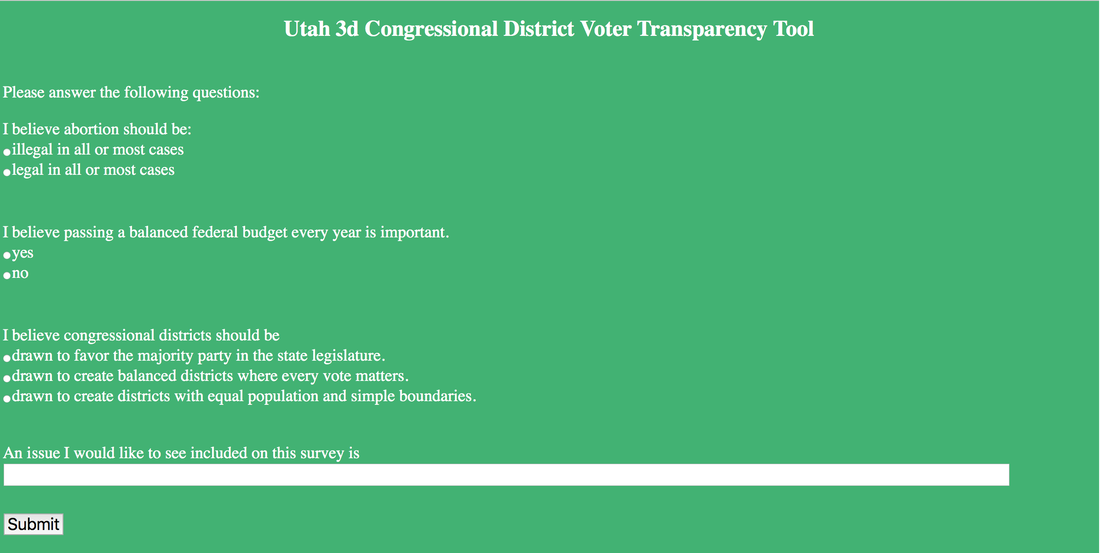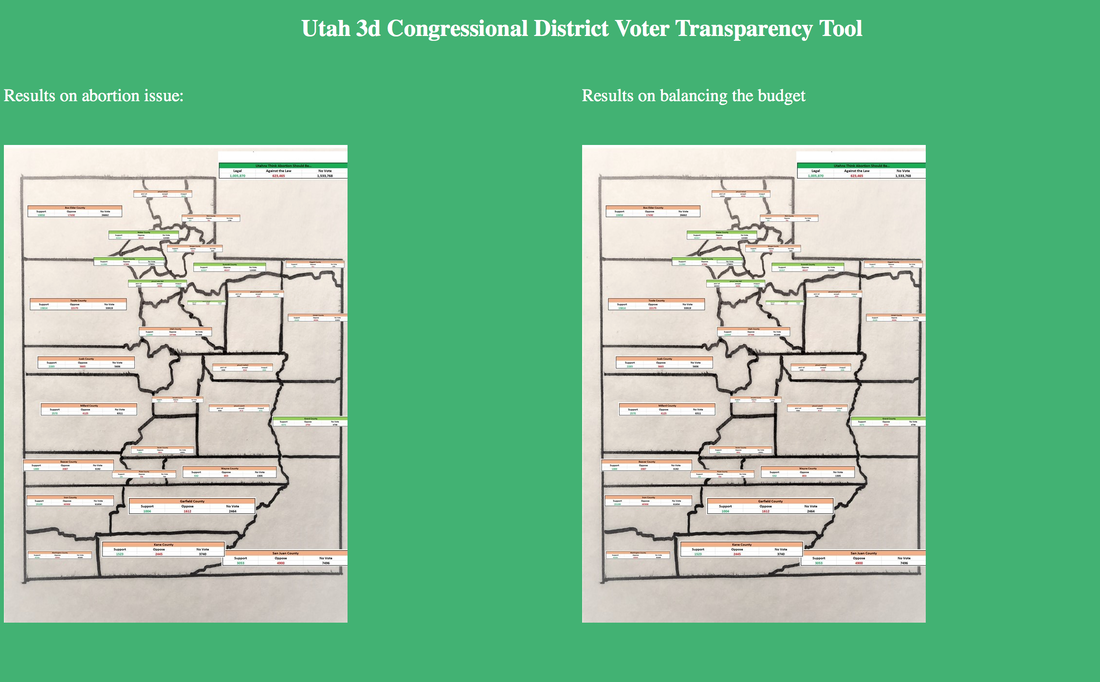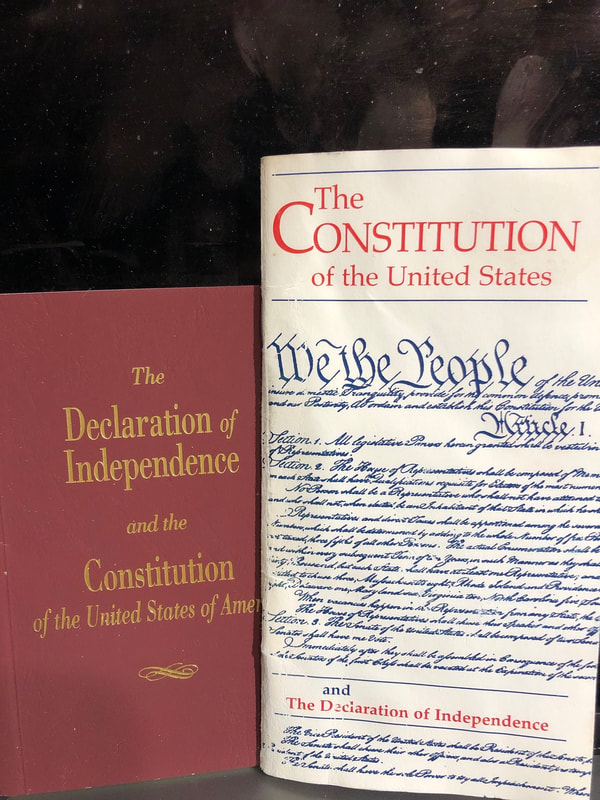
One of the major premises of Accountability Citizenship is that, over the past 50 years or so, technology has changed what it takes to be a good citizen of the democratic republic that we call the United States of America. Technology unleashed the crushing flood of information in which we are all immersed. Technology enabled the increasingly accurate personalization of this flood of information to surround each of us with a bubble tailor-made to convince us that we know, as individuals, what is right and best and true (and to make it very easy to buy things related to our basic needs and world view). Technology allows us to choose channels and form groups that reinforce our individual world view while, in many cases, objectifying and demonizing those who have a different world view. Technology has, in many ways, made it more difficult to form consensus, to build solutions that reflect compromise, and even to recognize that compromise is necessary.
Being a good citizen requires that we try to understand the world we inhabit, that we share our understanding with others in a manner respectful of those with a different understanding, and that we work together to implement effective solutions to the many challenges that confront us. Technology has caused or intensified many of the challenges we face. But technology is also absolutely necessary to building and implementing effective solutions to those challenges. Technology can enable systems that allow us to inform our (and our fellow citizens') understanding of major challenges facing our society, to consolidate and summarize individual perspectives on possible responses to those challenges, and to protect the integrity and availability of the information associated with challenges, solutions, and citizen inputs.
In the first edition of Accountability Citizenship, I introduced the idea of using technology on the web site of every Member of Congress to create something I called Congress 2.0. The basic idea was to convert the web site of every Member of Congress from the one-way information bulletin boards that they are today into secure, comprehensive, two-way platforms for anonymously collecting and displaying the sentiments and priorities of every registered voter in every congressional district. Along with the survey tool, a Congress 2.0 web site would incorporate a dynamic scorecard mechanism that would display the performance of the Member of Congress representing that district as measured by the priorities of registered voters in the district and performance metrics common to all Members of Congress (like attendance and percentage of missed votes).
There were a few illustrations in the first book to give readers the general idea of what the tool would do. Unfortunately, no Member of Congress accepted my challenge to incorporate such technology into their web site. My own congressional delegation offered nonsensical reasons why they "cannot" (really, should be "will not") add this technology to their taxpayer-funded web sites.
Over the course of the past six years, as I have pursued degrees in computer science and information systems, my understanding of the technology has increased to the point where I built a “mockup” of the Congress 2.0 web site, or, as I call it, the Voter Transparency Tool (VTT). The technology to build and secure the VTT has also improved dramatically. In this blog, I include a few screenshots to show how the voter logs in, records their input, and checks the current VTT survey results for their district and state. For those interested in testing the working mockup, you will be able to access that on the accountabilitycitizenship.org web site in the near future.
The login functionality is just the same as we are all used to for logging in to our online bank accounts. Your voter registration number serves as both your user id and account number. When you log in for the first time, you create a password long enough to provide reasonable security. For additional security, multi-factor authentication is mandatory. That means you have to use your fingerprint or respond to a system-generated message on another device you own or another secure web site in order to gain access to the survey and see statewide results for your state. The initial login page is shown here:
There is no doubt that a major increase in the quantity and quality of available information has radically changed the requirements for effective citizenship in the United States over the past fifty years. In my view, we as a society have failed to provide the education and the information management tools to enable healthy citizenship in this new environment. Our failure has created a vacuum that has been filled by special interests. Those interests are now manipulating the information stream to further their own agendas; this has the second-order effects of discouraging participation, increasing polarization, and degrading our ability to identify and solve the most pressing challenges we face. The Voter Transparency Tool is one way we can leverage information technology to enable efficient management and accountability for our republic.




 RSS Feed
RSS Feed
